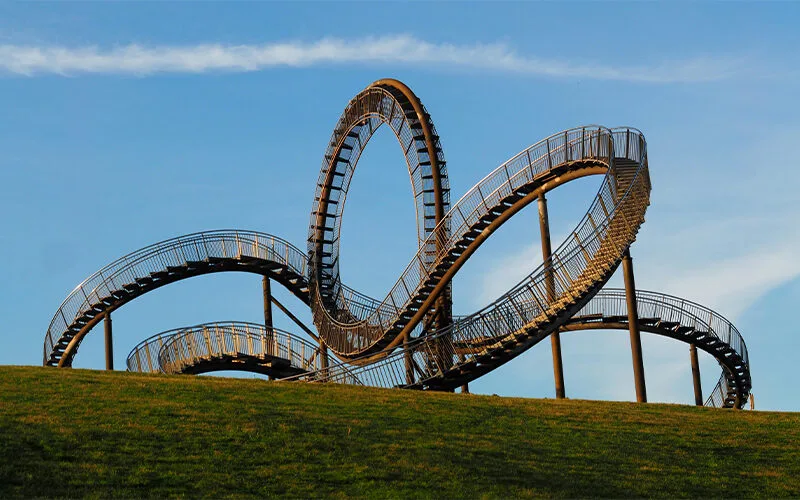Recent food safety issues have made us stop and think.
They reminded us of an inconvenient truth: the way we conduct audits today still resembles how we did them twenty-five years ago.
Yes, the clipboards have become tablets, and the binders of records are now digital files. But the process itself has hardly changed. Periodic audits, document-heavy reviews, and static snapshots of compliance still compose much of our assurance work. Yet, the world we live in—the risks we face, and the expectations we must meet—has changed beyond recognition.
Two decades ago, the goal of an audit was simple. Check hygiene, verify training records, and ensure the system meets requirements. This approach worked in a less interconnected world. Today, the limits of the old audit model are clear. An annual or periodic audit only captures a moment in time. A report can show non-conformities but might miss risks that develop daily. A facility can pass every checklist yet still struggle with a weak food safety culture that’s not visible on paper.
Continuing to audit as we did twenty-five years ago is like trying to navigate today’s highways with a map printed decades ago: it may seem comforting, but it doesn’t reflect reality.
That is why incremental change is no longer enough. Adding clauses, tightening protocols, or extending checklists won’t close the gap. What we need is reinvention. We need audits that use real-time data from sensors, supply chains, and digital platforms. We require risk-based audits, focusing resources on the most vulnerable areas instead of spreading them thin. We also need audits that incorporate digital-first tools—AI, predictive analytics, immersive platforms—integrated into the core of assurance. Additionally, we need audits that go beyond documents to assess culture, asking not only “what is written” but “what is lived.”
Reinvention also involves rethinking the role of the auditor. Auditors must evolve into strategic advisors. They will combine technological expertise with human judgment, interpreting data while understanding people. They will not only identify risks but also help anticipate them, guiding organizations to become resilient before crises arise. And perhaps most importantly, they will use empathy and courage—empathy to listen and engage, courage to speak uncomfortable truths even when it’s difficult, and help.
The urgency could not be greater. If audits remain unchanged from twenty-five years ago, they risk becoming processes that just produce reports. The next disruption won’t wait for us to catch up. Trust can be lost in a single incident.
This is why now is the time to act. Reinventing audits isn’t about abandoning rigor—it’s about strengthening it with the right tools, perspectives, and methods for the world we face today. It’s about protecting consumers, maintaining trust, and ensuring that quality and food safety are not just managed but truly prioritized.
The risks are growing. Expectations are escalating. The tools are ready. Reinvention is no longer optional; it is urgent and necessary. The time to begin is now.





